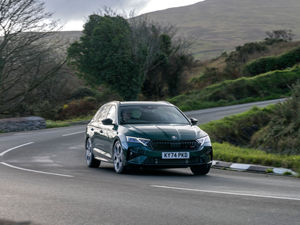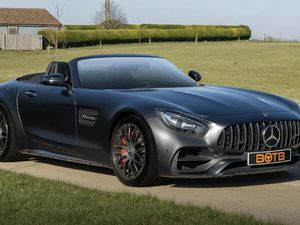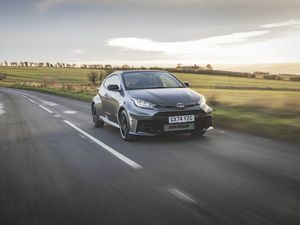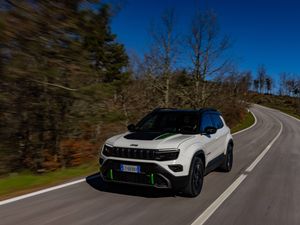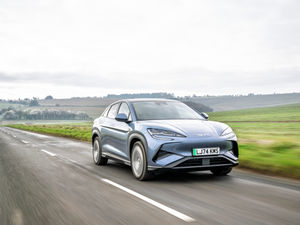Euro NCAP announces ‘biggest change to testing protocols in a decade’
Overhauled testing procedures designed to improve occupant protection and promote the latest driver assistance technology.
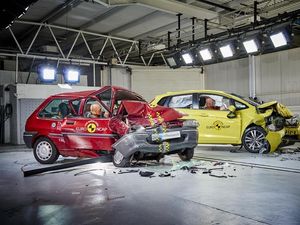
Car crash test procedures are being given their biggest overhaul ‘in a decade’ to improve occupant protection and improve post-crash protection.
The Euro NCAP tests dictate the safety ratings given to new cars, which are ranked on how well they protect adult occupants, child occupants and vulnerable road users, as well as how much safety assistance technology is included.
When the changes are implemented later this year, they will include a new moving barrier in the moving car frontal crash test. Not only does this measure how occupants of the car are protected, it can also calculate how the vehicle’s front end crash structure contributes to injuries in the vehicle it has collided with.
Euro NCAP says side impacts account for the second highest frequency of death or serious injuries in collisions, so it has increased the severity of impacts during the test. It will also evaluate how the collision affects the ‘far side’ of an occupant, and the potential for interaction between the driver and front seat passenger.
The test also includes challenging new scenarios to evaluate the latest generation of driver assistance systems, and the first step towards evaluating a vehicle’s driver monitoring system.
The organisation has also worked with the International Association of Fire and Rescue services to create a post-crash safety rating system. This will score manufacturers for how accurate and easily available extraction information is, as well as ease of extraction and use of electric door handles, for example.

Matthew Avery, director of research at Thatcham Research and Euro NCAP board member, said: “This is a new yardstick that vehicles will be measured against. We and Euro NCAP look forward to working closely with carmaker safety teams to drive towards strong results for these society-benefitting tests.
“These are the biggest changes to Euro NCAP’s impact testing protocols in a decade. Chief amongst them is the new ‘compatibility’ impact test.
“The objective is to encourage makers of larger vehicles to share some of the burden of the impact with smaller vehicles. Historically SUVs and other big cars have offered very good protection to their occupants. However, the smaller vehicles they sometimes crash into can fare less well.”
“In the new compatibility test, if the larger vehicle is too stiff in an impact scenario, it will be penalised accordingly. This levels the playing field for all vehicle sizes, which is a win-win for road safety.”

